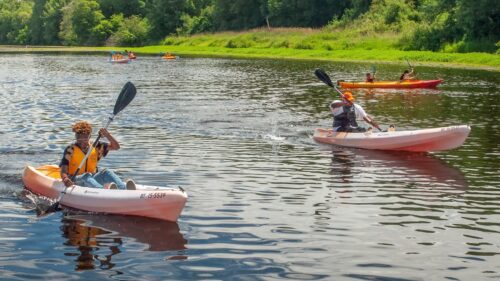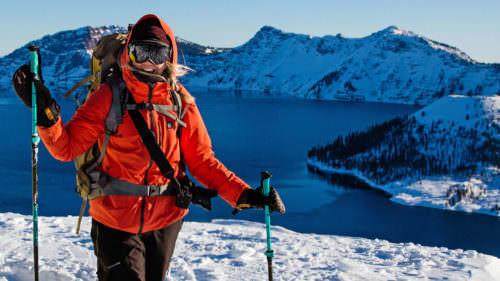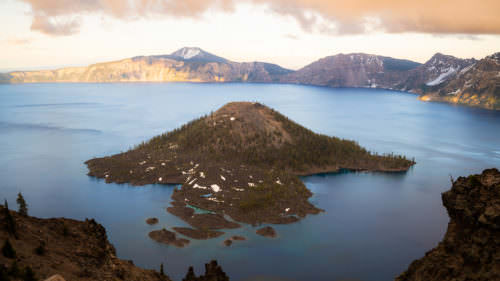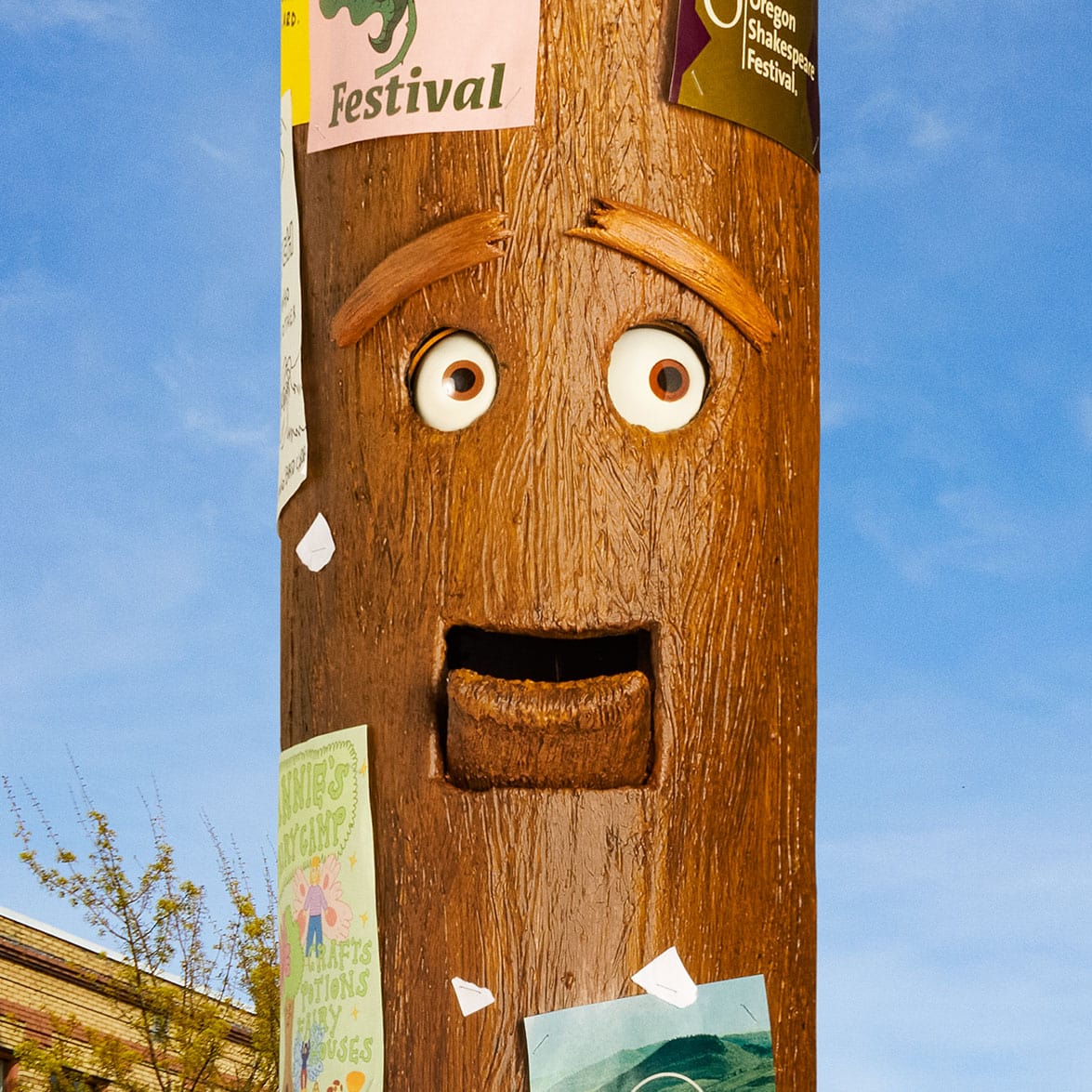So you know how to avoid the crowds, pronounce the tricky words and cherish your own collection of off-the-beaten-path getaways throughout the state. That practically makes you a true Oregonian.
But no matter how seasoned an Oregon adventurer you are, this state never ceases to amaze. With its hundreds of hidden natural escapes, charming small towns and constantly evolving culinary scene, it’s easy to fall in love with Oregon all over again. Here are a handful of insider tips to deepen your inspiration for the year ahead.
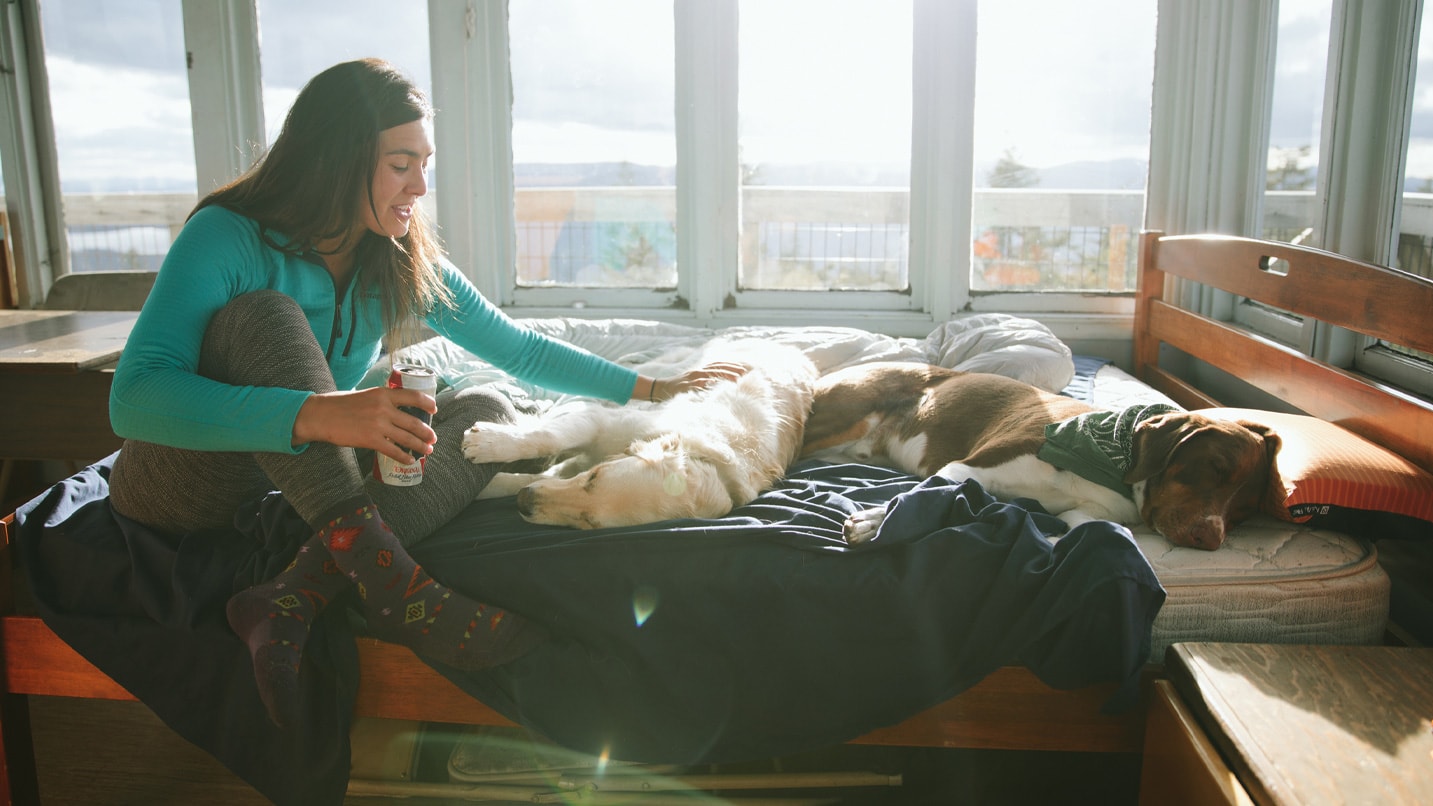
How to Reserve Those Hard-to-Get Campsites and Fire Lookouts
When it comes to getting a campsite in the state’s most popular parks or booking a weekend getaway to one of the state’s coveted fire-lookout cabins, the trick is to be proactive. Coveted campsites, cabins and fire lookouts can be booked through the U.S. Forest Service’s reservation site six months in advance.
To book campsites and yurts through Oregon State Parks, use their online reservation system, which is currently booking up to six months in advance for tent and RV sites as well as deluxe cabins and yurts. For updated information on reservation regulations, check the state parks’ reservation website or follow them on Facebook, Twitter and Instagram. Pro tip: If you’re willing to travel a little farther, it’s easier to find an available campsite. For instance, consider sites on the Southern Oregon Coast or Eastern Oregon instead of busier parks.
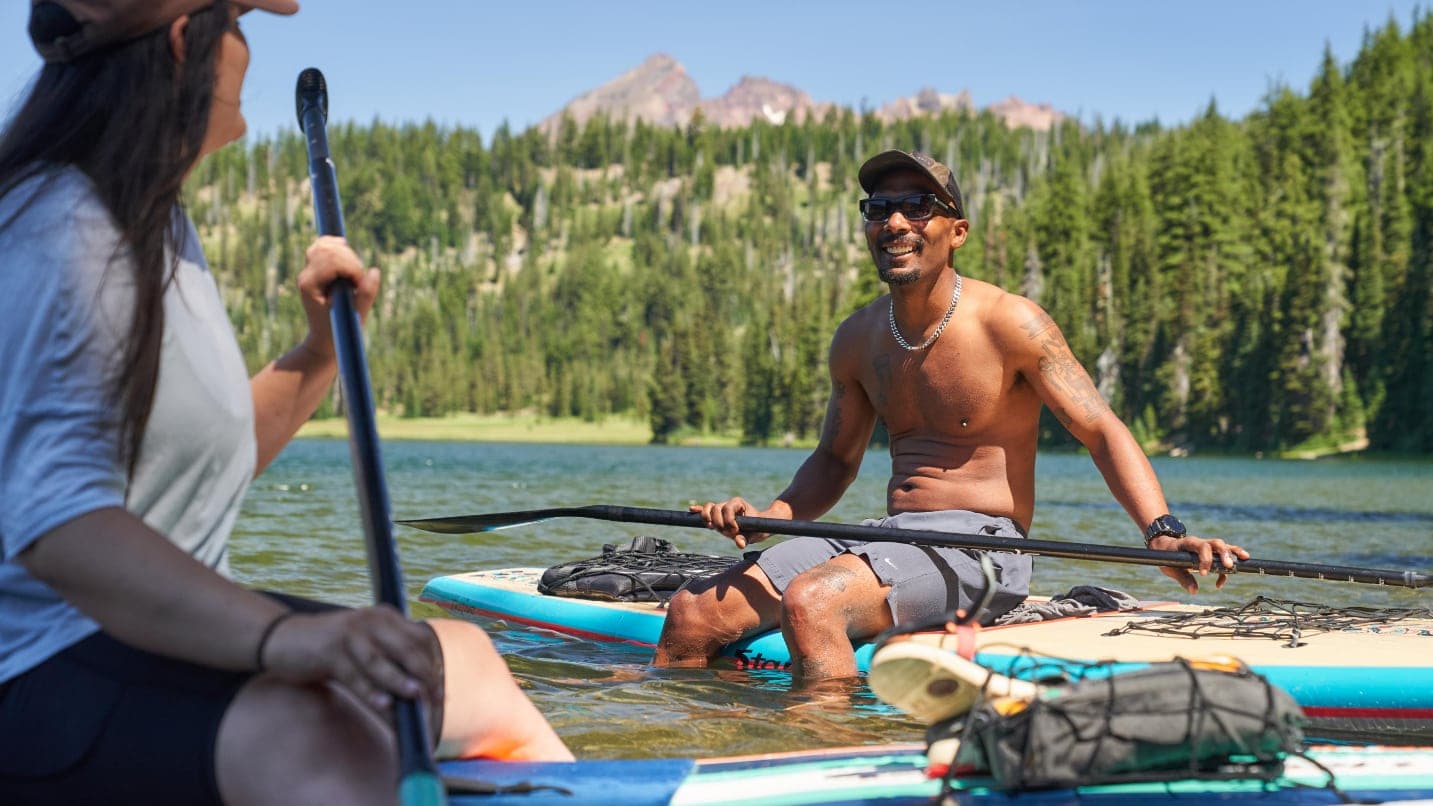
Understand Which Recreation Pass You Need
You probably know that you need a recreation pass for your favorite trails, but what about other locations and activities? Many recreation sites have day-use permits, it’s helpful to learn more about recreation passes, which cover larger amounts of time. We’ve got you covered with this cheat sheet:
The Northwest Forest Pass is an annual pass that allows the user to use recreation areas owned by the U.S. Forest Service — so it works in Oregon and Washington, too. This pass applies to one person at per-person sites and one vehicle at per-vehicle sites, though there are some exceptions on popular sites.
If you’re looking to hike in the popular Mt. Jefferson, Mt. Washington or Three Sisters wilderness regions, know that 19 of the 79 trails require a Central Cascades Wilderness Permit. These must be purchased in advance for each outing between late May and late September. The permits are intended to limit the number of visitors to these sensitive areas, with fragile ecosystems that can be harmed by overuse. You can find dozens of equally spectacular hikes in the Central Cascades that do not require permits. Remember to stick to designated trails, pack out all trash and follow other steps to Take Care Out There wherever you go.
An Oregon State Parks Permit is an annual pass that is valid for parking at any one of the 25 state parks that charge a parking fee. While it doesn’t apply to campsite fees, it does apply to parking at the day-use areas of the campgrounds.
Oregon Sno-Park Permits are required if you’re heading out to do some snowshoeing and downhill or cross-country skiing at any one of the state’s designated Sno-Parks between Nov. 1 and April 30.
Waterway Access Permits are required for nonmotorized boats longer than 10 feet in the state’s waterways. This includes kayaks, canoes, rafts, stand-up paddleboards and other inflatables.
Boater Education Cards are required for anyone operating a motorized boat of any size. Note that obtaining this card requires taking a boater-safety course.
Annual Angling Licenses are required to fish in any of the state’s rivers, lakes or streams. However, you’ll need an additional tag if you’re looking to do sportfishing, such as salmon, steelhead, sturgeon or halibut. If you’re sportfishing in the Columbia River Basin, that also requires an additional endorsement.
The America the Beautiful Pass is an annual pass that works at more than 2,000 federal recreation sites across the country. This includes entry fees and day-use fees at national parks, such as Crater Lake National Park, and national wildlife refuges, such as Baskett Slough National Wildlife Refuge in Dallas.
Always display your pass on your vehicle’s dashboard or rearview mirror so that it’s visible from outside your vehicle. Also, keep in mind that even the most ardent researchers and planners have become frustrated after reading information on a recreation website only to arrive and find a different set of requirements at the site. Because of this, always bring cash — even if you think you have the right pass.
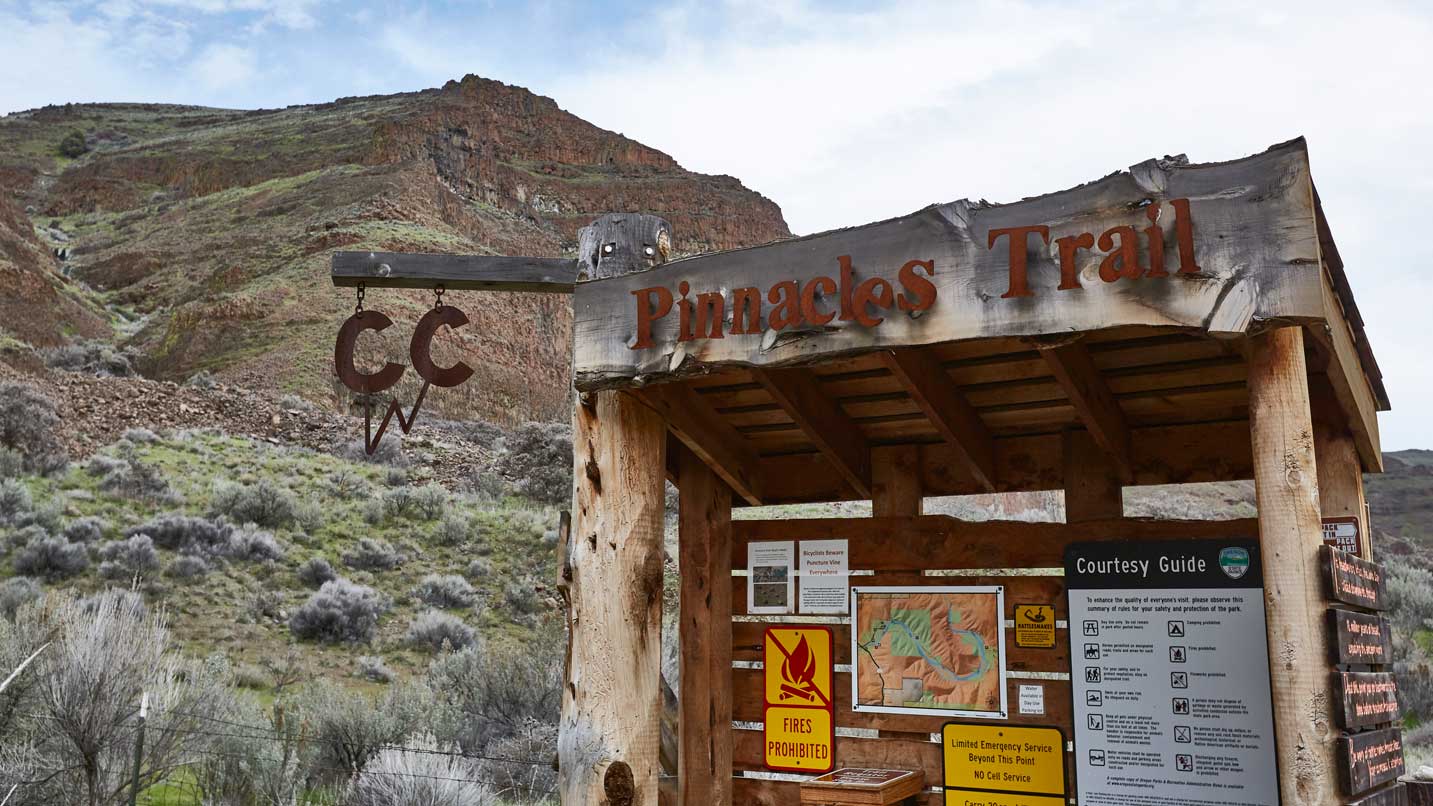
Keep an Eye on Fee-Free Days
On certain days every year, day-use fees for recreation sites around the state are waived. Though it will mean more people, free is always a good price to be in the know about. Here are the fee-free days to keep your eye on.
The U.S. Forest Service waives day-use fees at recreation sites for the holidays listed below. Note that this does not apply to campgrounds, overnight fees, concessionaire-managed sites or other fees.
- January: Martin Luther King, Jr. Day
- February: President’s Day
- June: National Get Outdoors Day
- July: National Public Lands Day
- November: Veterans Day
The National Park Service has six days each year where entrance fees are waived. In Oregon, that means you can visit Crater Lake for free on the following days. Also, families with fourth graders can visit all national parks for free through the Every Kid Outdoors program.
- January: Martin Luther King, Jr. Day
- April: First day of National Park Week
- August: Anniversary of the Great American Outdoors Act
- September: National Public Lands Day
- November: Veterans Day
Of the hundreds of day-use parks in the Oregon State Parks, around two dozen charge a day-use parking fee and many require paid reservations for camping. The organization does recognize three days each year where they waive parking fees or camping fees.
- New Year’s Day: free parking for participating parks.
- State Parks Day, first Saturday in June: This includes day-use parking and camping reservations but excludes cabin and yurt rentals.
- Green Friday, day after Thanksgiving: parking fees waived.
The Oregon Department of Fish & Wildlife has weekends each year when visitors are allowed free fishing, meaning you don’t need a license to fish, crab or clam anywhere in Oregon. Visit the website for the most current dates.
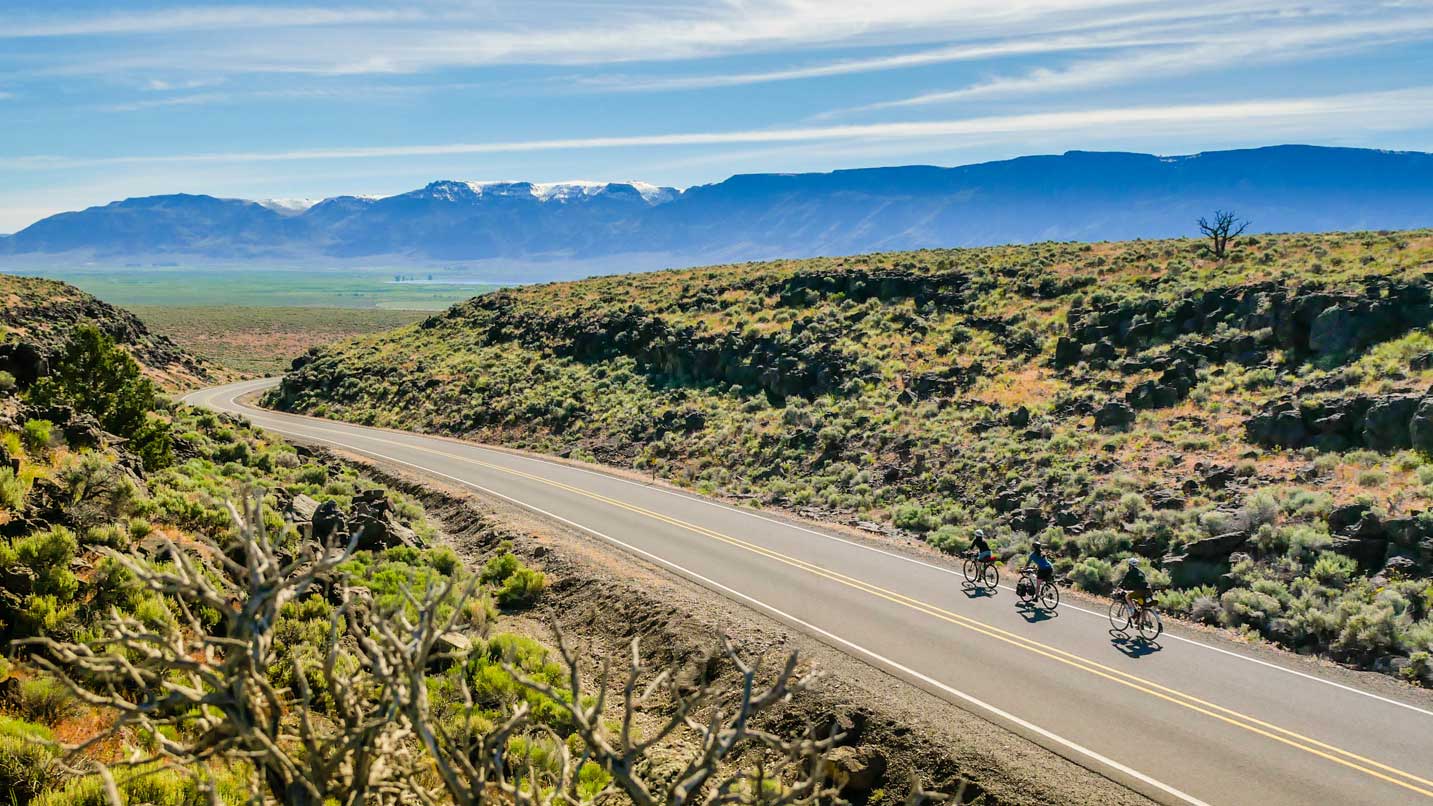
Add to Your Oregon Bucket List
As you’re making your Oregon travel plans for the season, there are plenty of adventures to research and add to your bucket list. For example, you might not have had a chance to visit Oregon’s ghost towns. These living relics of time gone by are, in the same breath, eerie and delightful.
As an expert Oregon traveler, you likely know a bit of the state’s history, but that makes diving into the lesser-known stories all the more interesting. The Kam Wah Chung State Heritage Site (temporarily closed) near John Day is one such time capsule — once a medical clinic, general store and gathering place for Oregon’s Chinese community.
If you’ve been here long enough, you know that some of Oregon’s most awe-inspiring sites are the most far-flung. Very few visitors have witnessed the stunning landscape of Eastern Oregon’s Owyhee Canyonlands and the calming effect of exploring the remote Southern Oregon town of Lakeview. If you’re more of a mountain person, make sure to add the stunning Cascade-Siskiyou National Monument to your list.
Embrace Oregon’s “cottagecore” culture with a rustic, cozy getaway, or explore the state’s weird and wacky side with a visit to any of the oddities, like the Oregon Vortex. And how can you discount the state’s infatuation with Bigfoot if you don’t go see the evidence for yourself? If you begin to look, the opportunities are endless.
